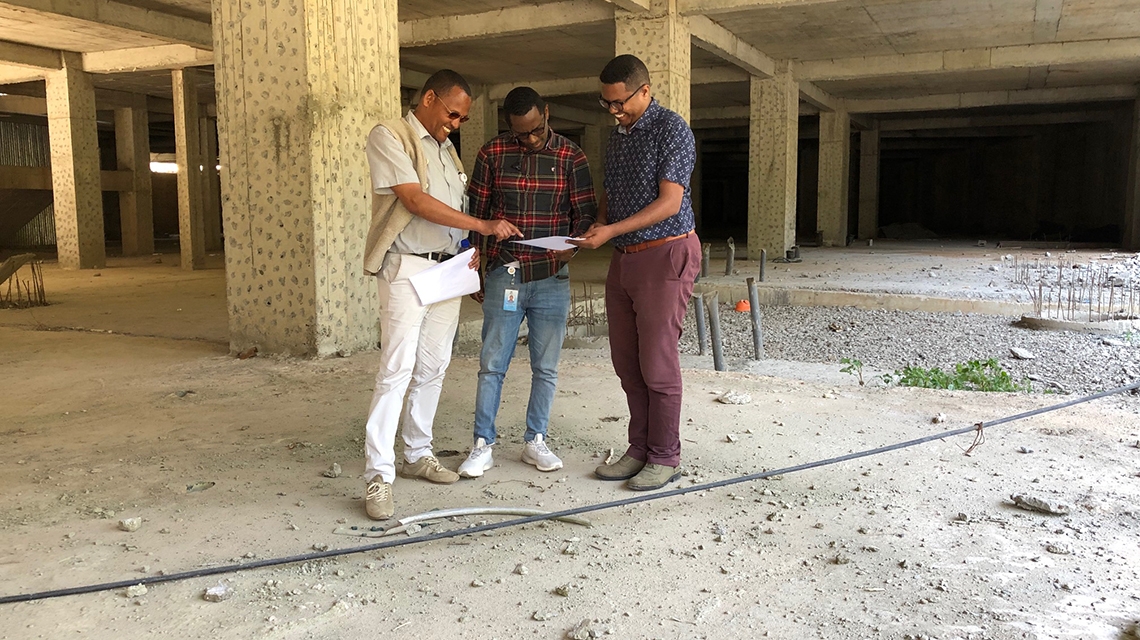Addis Ababa -- Ethiopia has only a single functioning radiotherapy machine for its 105 million people, but the country’s new government, which took office 16 months ago, has ambitious plans to change that — with the support of the IAEA and other development partners.
The government is acquiring new equipment, constructing a new, 8-floor oncology centre in the capital Addis Ababa, and is assigning doctors trained through IAEA fellowships to regional hospitals, where some of the radiotherapy machines will go.
“Too much time had been spent with little progress — we are working to change that,” said Wendmagegn Gezahegn, Head of the St Paul’s Hospital in Addis Ababa, which looks as much as a construction site in a boom town as a functioning hospital. Founded by Emperor Haile Selassie in the 1960s to cater for the poor, it is the country’s second largest hospital and once the current expansion project is completed in coming years, it will be the largest, with close to 5000 beds, fit to treat half a million patients per year. The new wing will include an oncology centre with 350 beds and 5 linear accelerator (Linac) machines and brachytherapy units for cancer treatment, as well as a new cyclotron facility to produce radiopharmaceuticals for diagnosis and treatment of diseases. The construction of the bunkers that will house the radiotherapy machines for safe operation will begin in coming months, while the room to hold the cyclotron is already being built.









